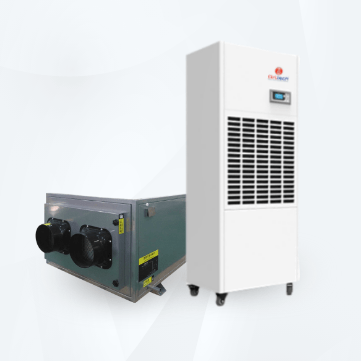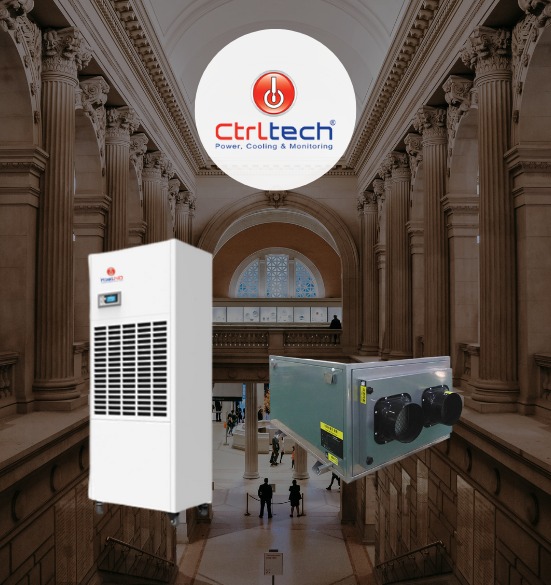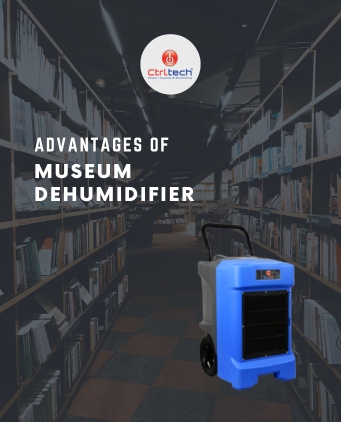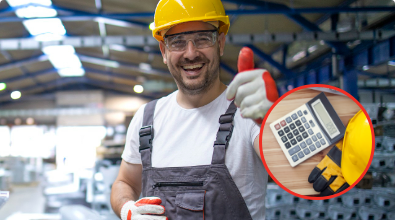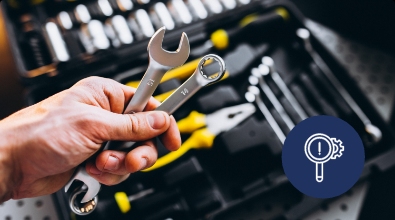Organic materials, such as textiles and paintings, are highly susceptible to changes in humidity. Fluctuations in moisture levels can lead to various forms of deterioration, including mold growth, dimensional changes, and chemical reactions.
By implementing dehumidification units, museums can mitigate these risks and provide a stable environment for their valuable collections.
Excessive moisture in the air can promote the growth of mold and mildew, which thrive in damp conditions. Mold can cause irreversible damage to textiles and paintings, staining them and weakening the fibers or surfaces.
By maintaining optimal humidity levels, dehumidification units help prevent mold growth and preserve the integrity of these delicate materials.
Additionally, fluctuations in humidity can cause organic materials to expand and contract, leading to warping, cracking, or even detachment of paint layers.
By stabilizing the moisture content in the air, dehumidification units minimize these dimensional changes, reducing the risk of physical damage to the artifacts.
By removing excess moisture from the air, dehumidification units create an environment that is less favorable for the growth of mold and other harmful microorganisms.
This helps prevent the staining and degradation of organic materials, ensuring their longevity.
Furthermore, stable humidity levels provided by dehumidification units help minimize the risk of physical damage caused by dimensional changes. Organic materials, particularly textiles, are sensitive to fluctuations in moisture, which can lead to stress on fibers and seams.
By maintaining a controlled environment, dehumidification units reduce the likelihood of warping, cracking, or weakening of the materials.
